What is stealth
Stealth refers to the quality or state of being concealed, disguised, or hidden from detection or observation. It can be used to describe the ability of an object, such as a vehicle, aircraft, or vessel, to operate without being easily detected by radar, sonar, infrared, or other sensors.
Stealth is the ultimate game of hide-and-seek for technology! It's about using advanced tricks to make objects disappear from radar, sonar, and other sensors. Imagine special materials that can absorb or deflect signals, or shapes that cloak an object's presence. It's like having an invisibility cloak for military aircraft, submarines, and more. It embodies the use of specialized materials, shapes, and emissions to minimize an object's detectability and vulnerability to detection and attack. Stealth technology is mostly utilized in military applications such as aircraft, submarines, and ground vehicles as it helps in enhancing their operational security and effectiveness by concealing presence and therefore, intentions.
In this article, you are going to know all about stealth aircraft.
Origin of stealth technology in aerial warfare
 |
| Fig:- SCR-270 set up (during World War II) |
 |
| Fig:-Have Blue stealth fighter (Yehudi Project) |
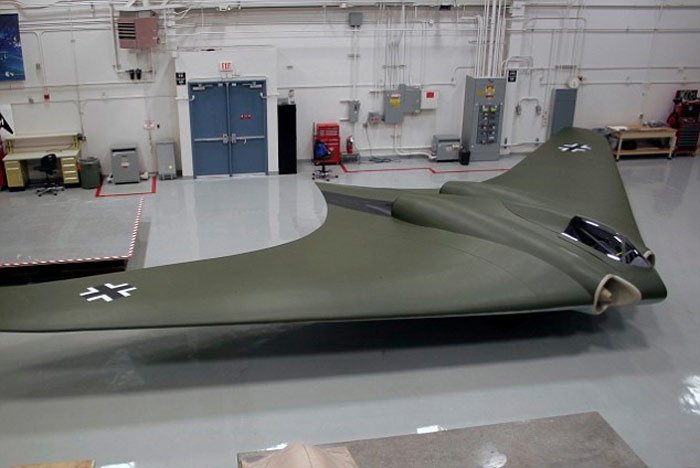 |
| Fig:- Stealth Bomber Developed by Germans (during WW2) |
In the post-war period, military powers, including the United States, the Soviet Union, and other countries, continued their research into stealth technology. This involved conducting experiments, tests, and studies to better understand radar reflections, materials science, and aerodynamics, and their impact on detectability. This research laid the groundwork for future advancements in stealth technology
Advances in stealth technology
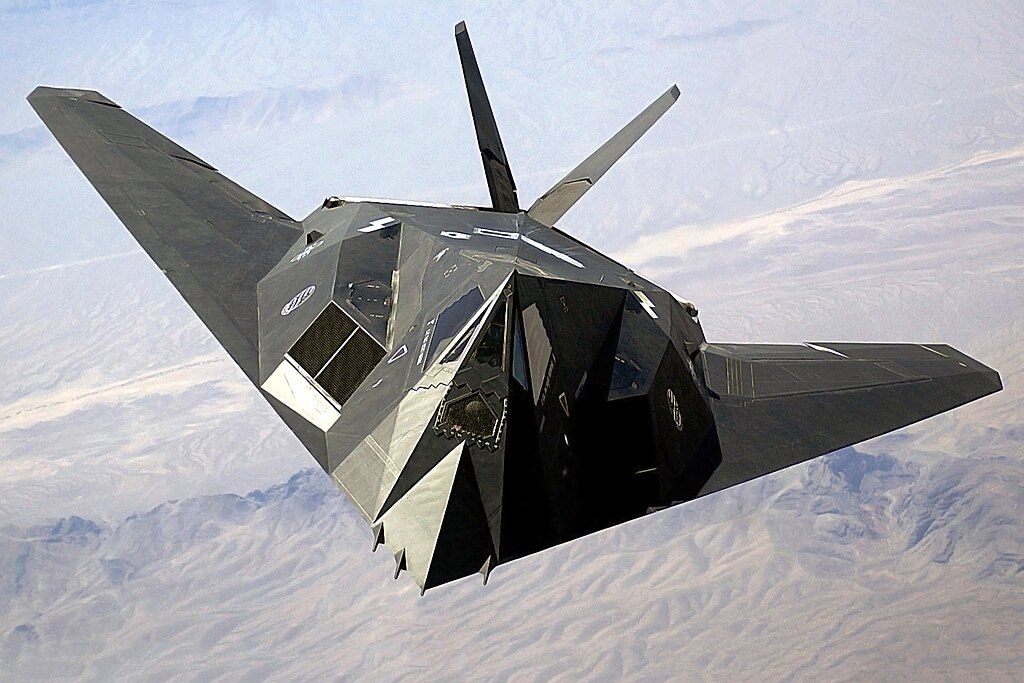 |
| Fig:- 'Have blue' program led to the Development of F-117 Nighthawk |
In the 1970s, the United States developed the Have Blue program, which led to the development of the F-117 Nighthawk, the first operational stealth aircraft. The F-117 Nighthawk incorporated advanced stealth features, such as faceted surfaces, radar-absorbing materials, and optimized shape, and was used in combat during the Gulf War in the 1990s, showcasing the effectiveness of stealth technology.
.jpg?itok=SYTUZ8u5) |
| Fig:- F-117 Nighthawk used during Gulf War |
After the development of the F-117 Nighthawk, which was the first operational stealth aircraft, stealth technology continued to evolve and advance. The lessons learned from the F-117 program, as well as advances in technology, materials, and tactics, contributed to the development of more advanced stealth technology in aerial warfare.
 |
| Fig:- Elementary working of a Radar-absorbing material(RAM) |
Researchers continued to explore and develop radar-absorbing materials, which are designed to absorb or scatter radar waves to reduce the radar signature of objects. New materials, such as composite materials, radar-absorbing paints, and other coatings, were developed with improved radar-absorbing properties, allowing for more effective reduction of radar reflections.
/https://tf-cmsv2-smithsonianmag-media.s3.amazonaws.com/filer/How-Things-Work-Applied-Stealth-1-631.jpg) |
| Fig:- Wind Tunneling Test |
Researchers also realized that the shape of an object has a significant impact on its radar signature. Through computer simulations and wind tunnel testing, engineers and scientists developed optimized shapes that minimize radar reflections. The use of faceted surfaces, angles, and smooth contours in object design became important features of stealth technology. Advances in computational simulations and modeling allowed for more accurate predictions and analysis of radar reflections from objects.
 |
| Fig:- India's stealth UAV Ghatak |
Stealth technology has also been applied to unmanned aerial vehicles (UAVs) or drones. Stealthy UAVs are used for a variety of purposes, including surveillance, reconnaissance, and strike missions. These UAVs are designed with low observable features, such as reduced radar signature and infrared signature, to operate in contested environments without being easily detected.
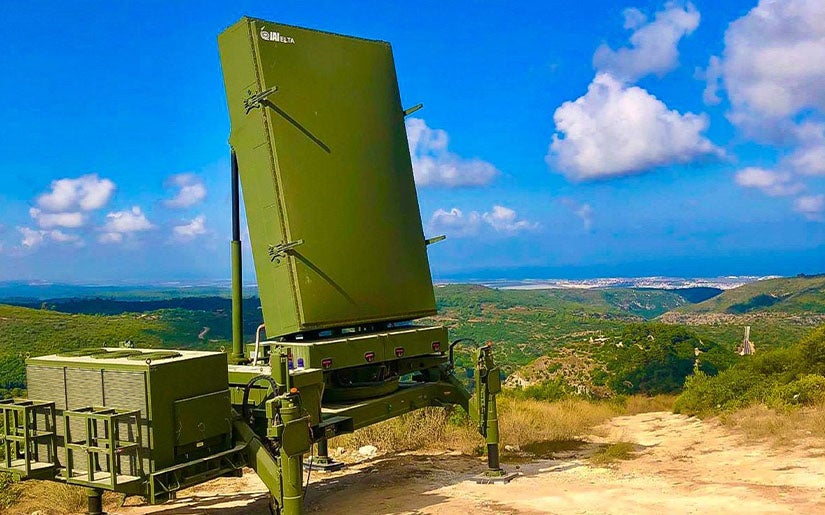 |
| Fig:- Israel's ELM-2084 MMR – Multi Mission Radar |
Advances in radar and sensor technology have also influenced the development of stealth technology. Modern radars are capable of detecting smaller targets and are more resistant to jamming and deception techniques. This has prompted the need for more advanced stealth technologies to maintain effectiveness in evading detection.
Advances in materials science have contributed to the development of improved radar-absorbing materials and coatings that can further reduce the radar signature of aircraft. These materials are more lightweight, durable, and effective in absorbing or scattering radar waves, making them more suitable for stealth applications.
 |
| Fig:- Artificial Intelligence(AI) on the battlefield |
The use of artificial intelligence (AI) has also been integrated into modern stealth technology. AI algorithms are used for sensor fusion, threat assessment, and decision-making, enabling stealth aircraft to operate more autonomously and effectively in complex and dynamic environments.
However, it's worth noting that stealth technology is generally considered to be highly classified and closely guarded by countries that possess it, and not all details about the existence or capabilities of stealth aircraft are publicly disclosed.
Countries having stealth aircraft
 |
| Fig:- United States , China and Russia |
It's also important to note that the development of stealth aircraft is a complex and costly process that requires advanced technological capabilities, significant research and development, and substantial resources. As such, the number of countries with operational stealth aircraft is currently limited to a few, primarily the United States, Russia, and China.
-US currently operates F-22 raptor, F-35 lightning II and a stealth bomber B2 spirit.
-Russia has its Sukhoi su -57 Felon and China has Chengdu J-20 Thunder.
There are many countries in the race like India (AMCA), UK(TEMPEST) and more.
 |
| Fig:- Lockheed Martin F-22A Raptor |
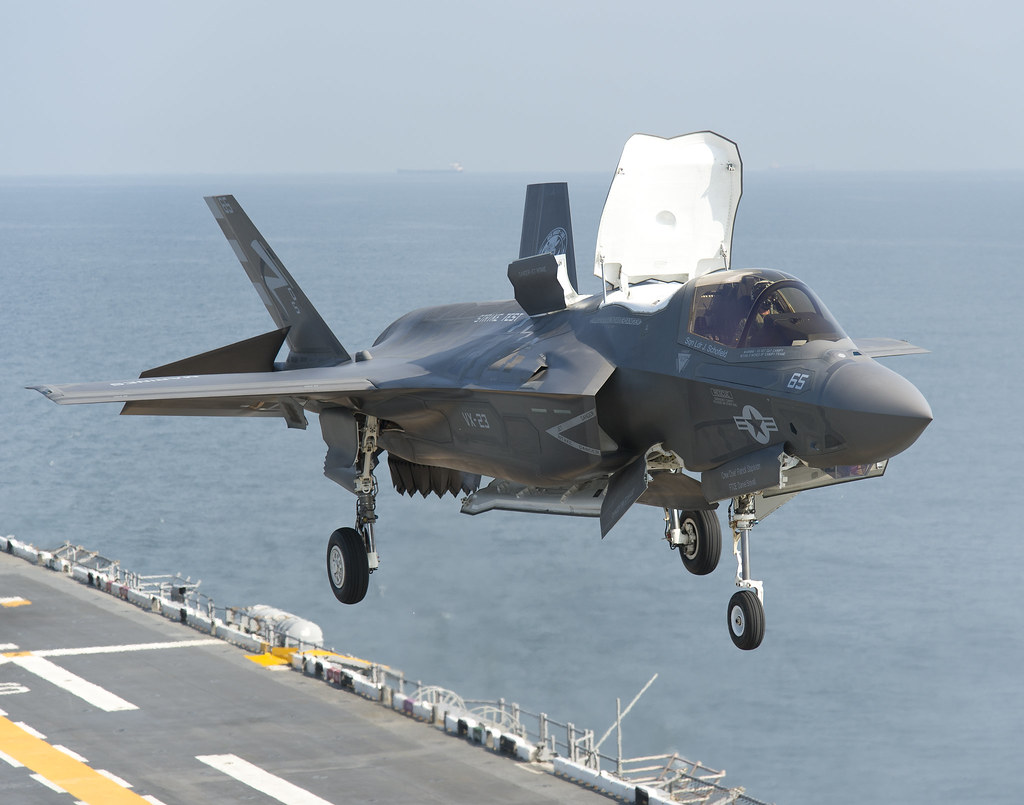 |
| Fig:- US F-35 Lightning II |
 |
| Fig:- Strategic Stealth Bomber B-2 Spirit |
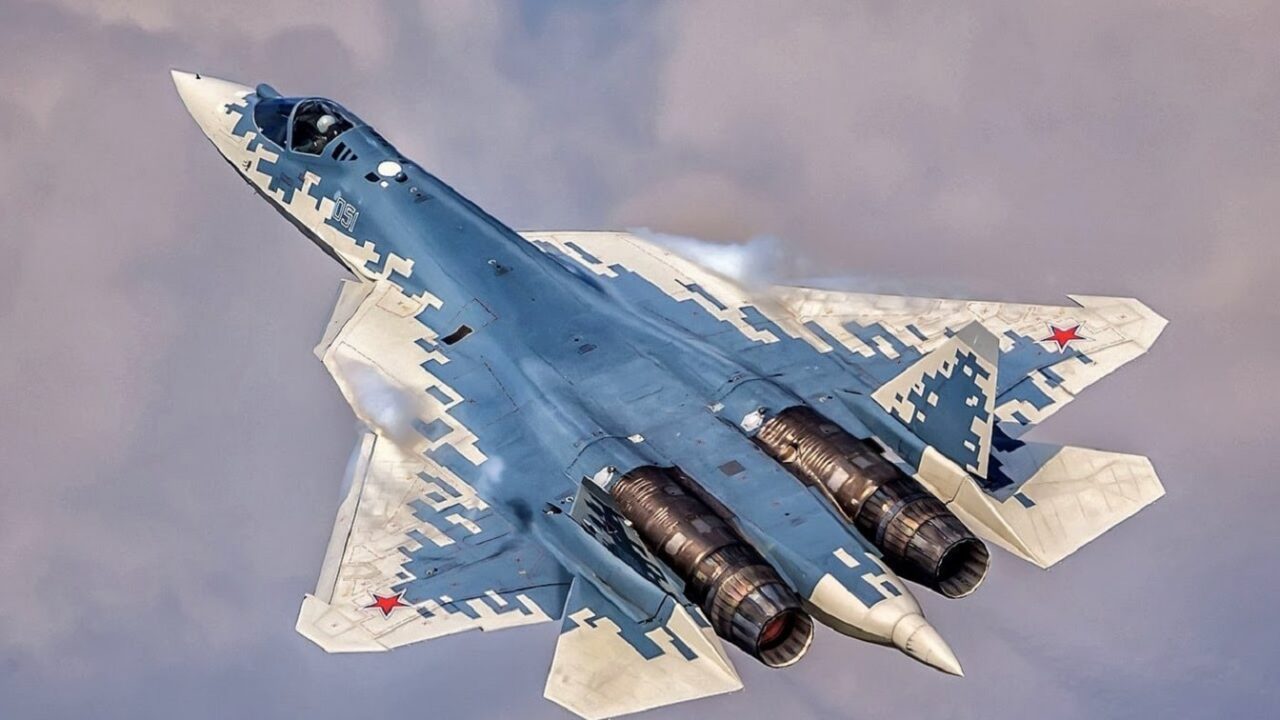 |
| Fig:- Russia's Sukhoi Su-57 |
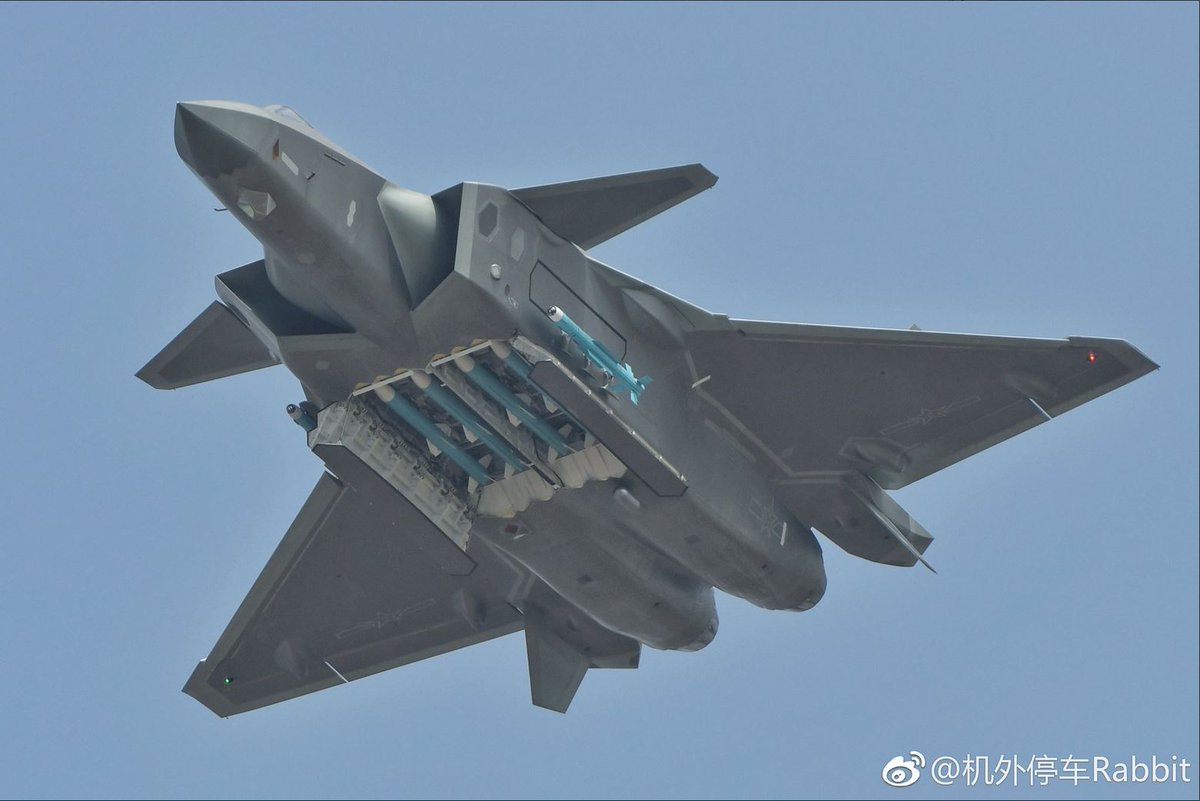 |
| Fig:- China's Chengdu J-20 Thunder |
 |
| Fig:- India's Advanced Medium Combat Aircraft (AMCA) |
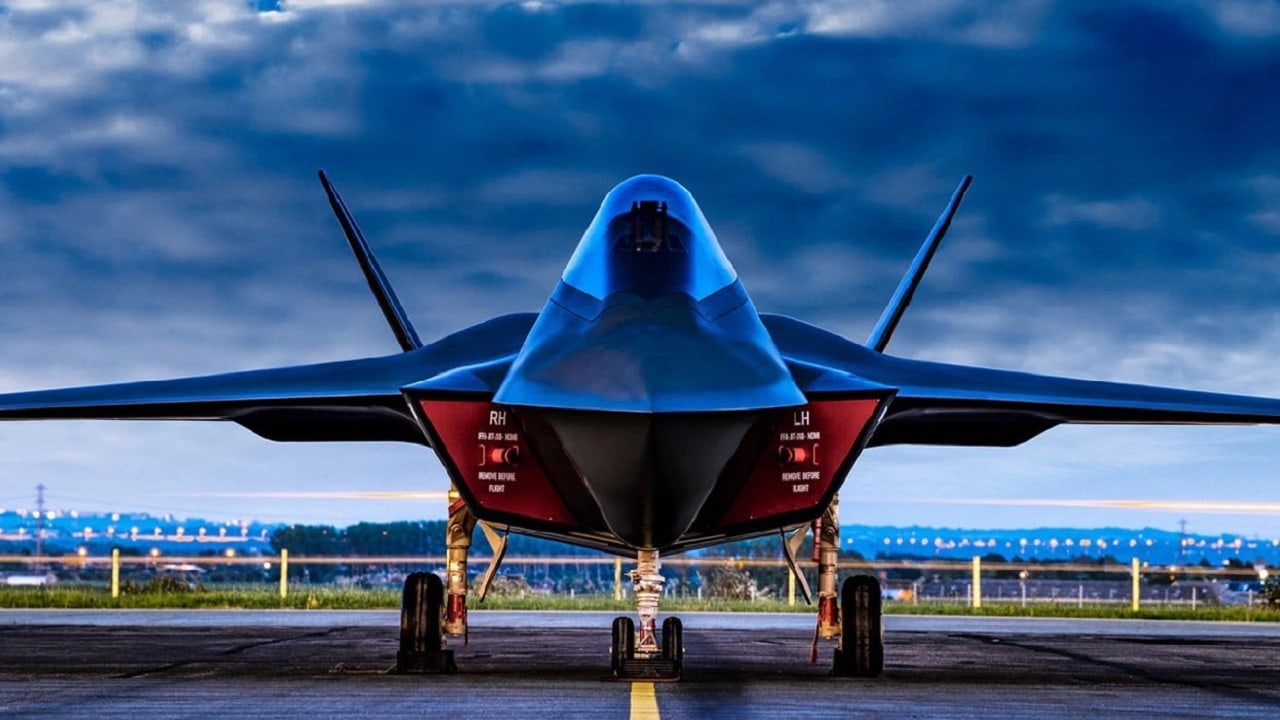 |
| Fig:- UK's Stealth Fighter Tempest |
As we continue to push the boundaries of technological innovation, stealth technology will continue to evolve. Despite its limitations and challenges, stealth technology remains a groundbreaking field with immense potential for shaping the future of warfare, aviation, and other sectors.
Conclusion
In conclusion, the continued development and application of stealth technology will undoubtedly have a profound impact on various aspects of our modern world, and its evolution will continue to shape the future of technology and warfare for years to come.


Got to know something new.
ReplyDelete